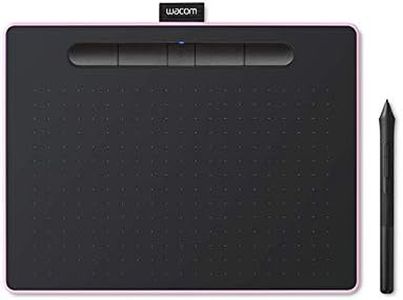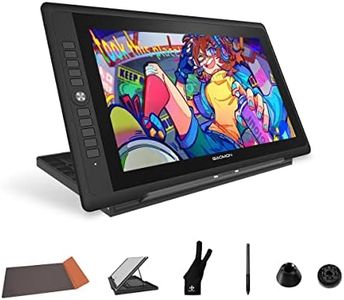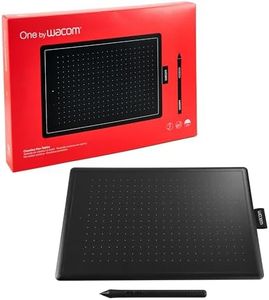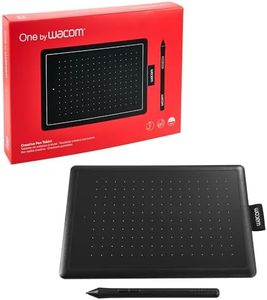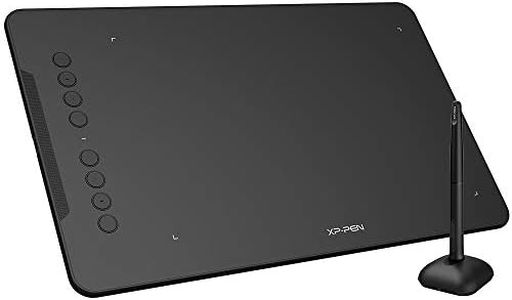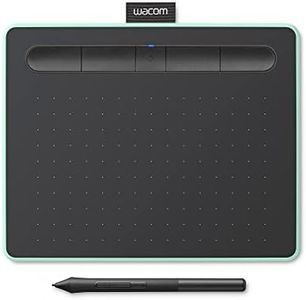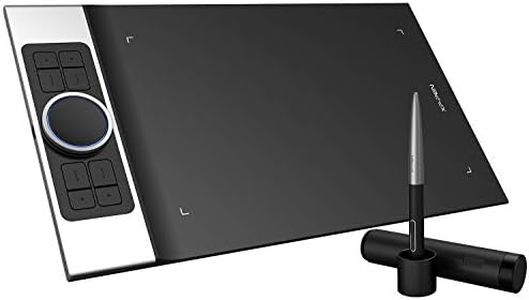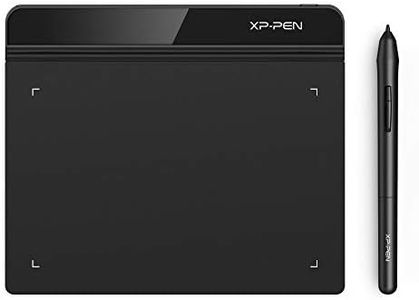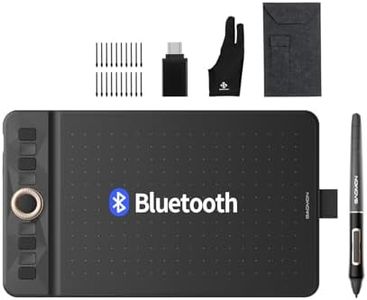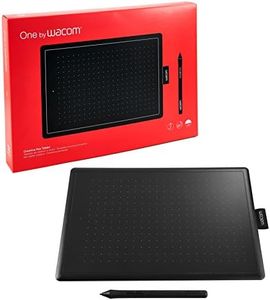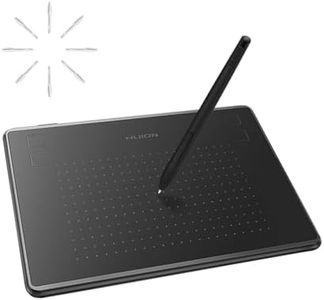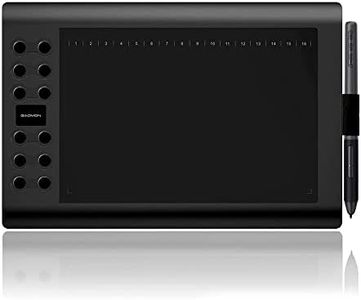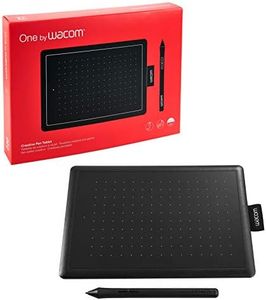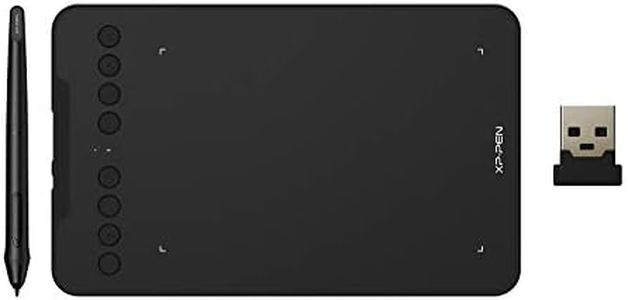We Use CookiesWe use cookies to enhance the security, performance,
functionality and for analytical and promotional activities. By continuing to browse this site you
are agreeing to our privacy policy
10 Best Osu Tablet
From leading brands and best sellers available on the web.Buying Guide for the Best Osu Tablet
Choosing the right tablet for osu! can have a big impact on your gaming performance and enjoyment. osu! tablets are used mainly for rhythm games where accurate stylus movement matters more than artistic use, so your needs will be different from those buying tablets for drawing or note-taking. When picking an osu! tablet, focus on properties that affect tracking accuracy, comfort, and how natural the gameplay feels rather than simply chasing the highest numbers. Each specification matters differently based on your playstyle, desk space, and personal preferences, so think about what feels comfortable and supports your improvement.Active Area SizeThe active area is the part of the tablet that responds to stylus movement. A larger active area allows for bigger hand movements, which can help players who play with low sensitivity and prefer broad gestures. A smaller area, on the other hand, means less hand movement and is often preferred by 'hover' players or those with limited desk space. If you have a fast, sweeping style or want precise control, you might enjoy a mid-to-large active area (roughly 6x4 inches or larger). If you prefer playing with your wrist and limited movement, a smaller area (around 4x3 inches or less) might suit you better. Try to think about your desk setup and how much space you naturally use when moving your hand.
Resolution (LPI - Lines Per Inch)Resolution, usually measured in Lines Per Inch (LPI), refers to how finely the tablet can detect tiny movements of the stylus. Higher LPI means greater precision, allowing for better tracking of your hand's subtle shifts. For osu!, most modern tablets have more than enough resolution for even the most precise play, so unless the tablet is unusually low-res, differences above a certain point (usually 2000+ LPI) are hard to notice. The main point is to avoid tablets with extremely low resolution; if you're choosing between two, you don't need to prioritize the absolute highest LPI as much as whether it exceeds a standard threshold.
Report Rate (RPS/PPS)Report rate is how often the tablet sends information to your computer each second, typically measured in points per second (PPS) or reports per second (RPS). A higher report rate means your cursor updates more smoothly and accurately tracks quick hand movements. For fast osu! players or those who play on higher difficulties, a rate of 200 RPS or more is generally recommended. If you play very casually, slightly lower values can still feel fine, but for competitive or high-speed play, prioritize higher report rates for a better experience.
Pen Type (Battery-free vs Battery-powered)The pen or stylus comes in two main types: battery-free or battery-powered. Battery-free pens are lighter, require no charging, and are usually preferred for osu! because they allow for quicker, less fatiguing hand movements. Battery-powered pens can be bulkier and need charging from time to time, which might interrupt your gameplay. For most osu! players, a battery-free pen is more convenient and comfortable, so unless you have a special need for extra features in a battery-powered pen, go for battery-free.
Pen Pressure SensitivityPressure sensitivity refers to how well the tablet detects how hard you're pressing the pen. In osu!, pressure sensitivity is not important because the game only tracks the position, not how hard you press. This feature is more useful for drawing tablets, so you don't need to prioritize high pressure levels when choosing an osu! tablet.
Input Method (Hovering vs Dragging)Some players 'hover' their pen above the tablet's surface while playing, while others drag the tip lightly across the tablet. Different tablets can have surfaces that feel smoother or rougher, and some pens are better for one method than the other. If you prefer hovering, look for a tablet that tracks reliably at a reasonable height. If you drag, consider a tablet where the surface resists scratches and doesn't wear out quickly from constant contact. Think about which method feels natural to you, or try both if you're new, then use that to guide your pick.
Tablet Size and PortabilityThe overall size of the tablet matters if you want to move it around often or have limited desk space. A compact tablet is easier to carry and store, while a larger one offers more active area for play. If you plan to play osu! at multiple locations or need to pack it away after use, you may want something more portable. Otherwise, choose a size that balances comfort and available space.
Driver CompatibilitySome tablets rely on custom drivers to work properly, while others are plug-and-play. For osu!, stable and responsive drivers are critical because poor software can cause input lag or unwanted behavior. Check that the tablet you choose has drivers that are compatible with your operating system and have a good reputation for stability within the osu! community. If you're not comfortable tinkering with settings, aim for tablets known for easy setup and long-term support.
